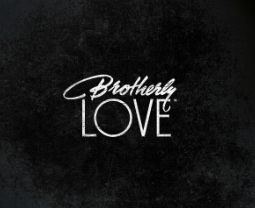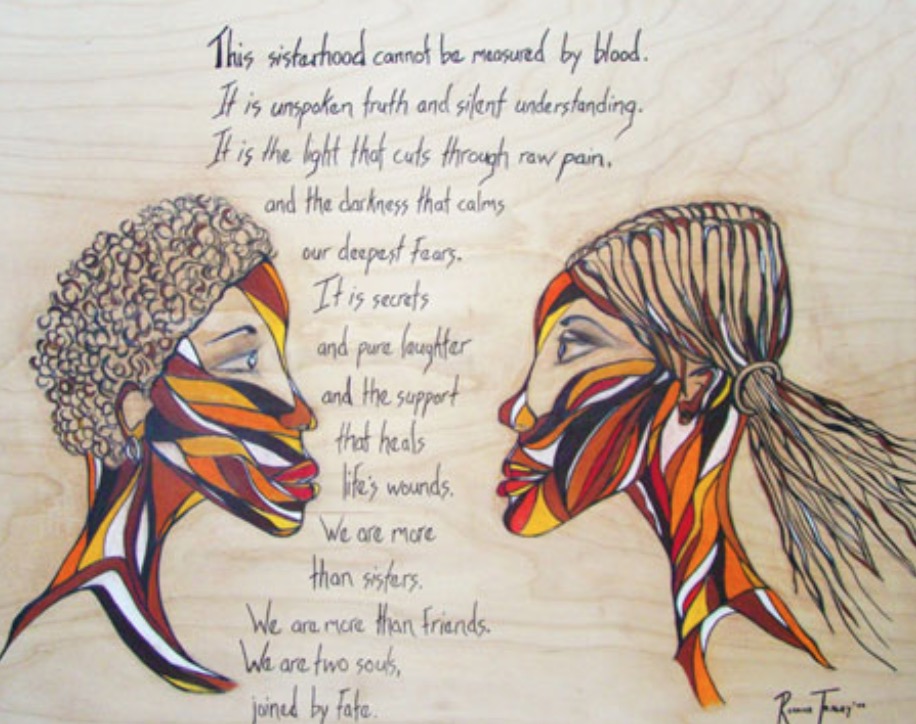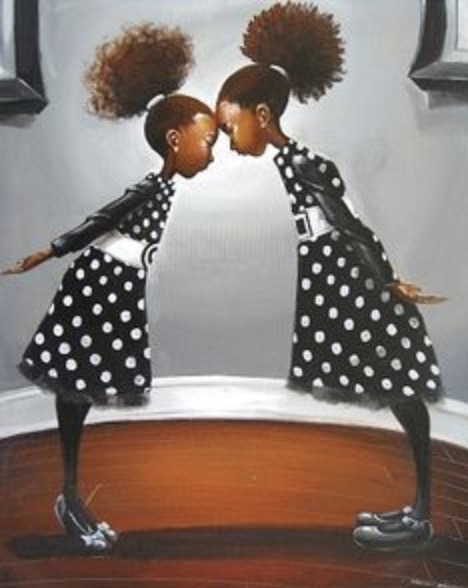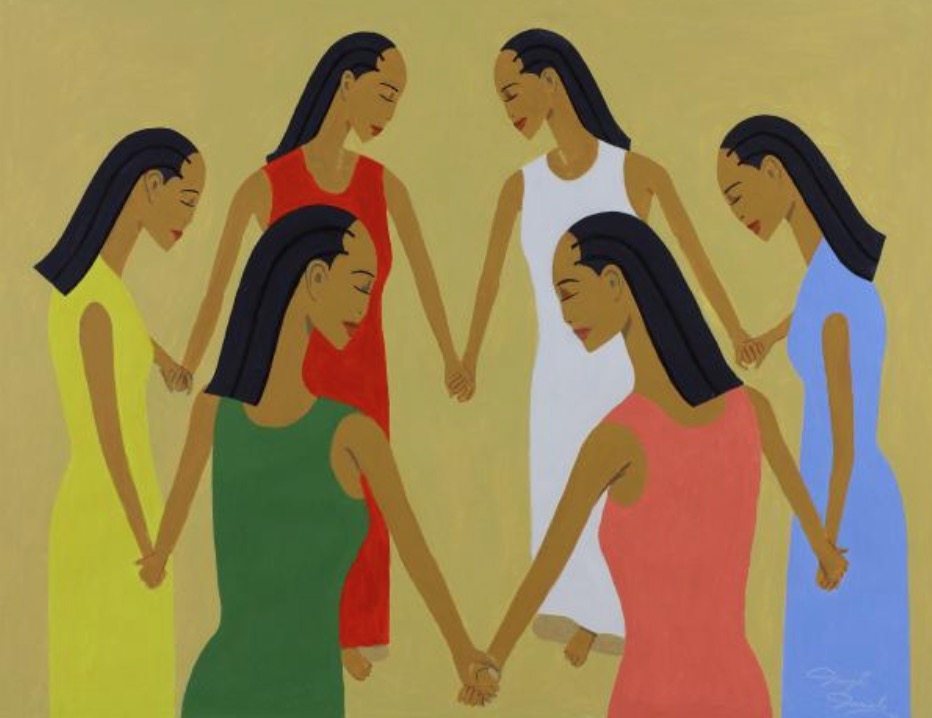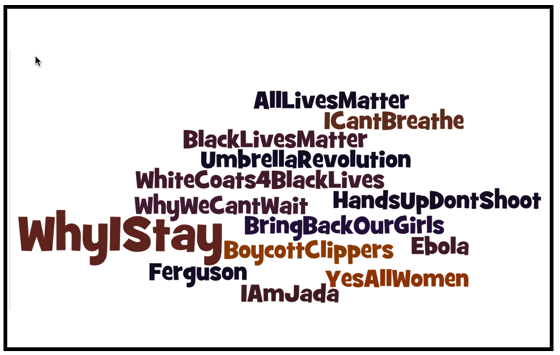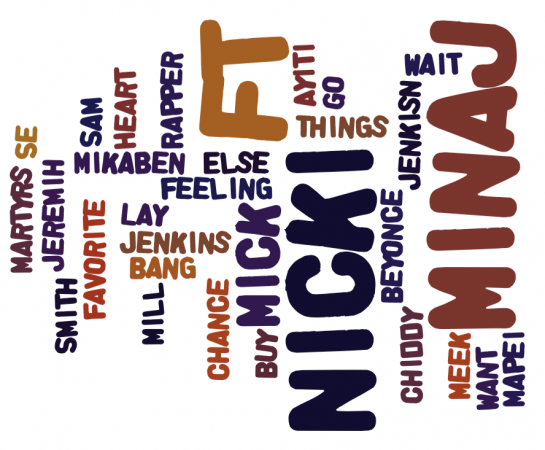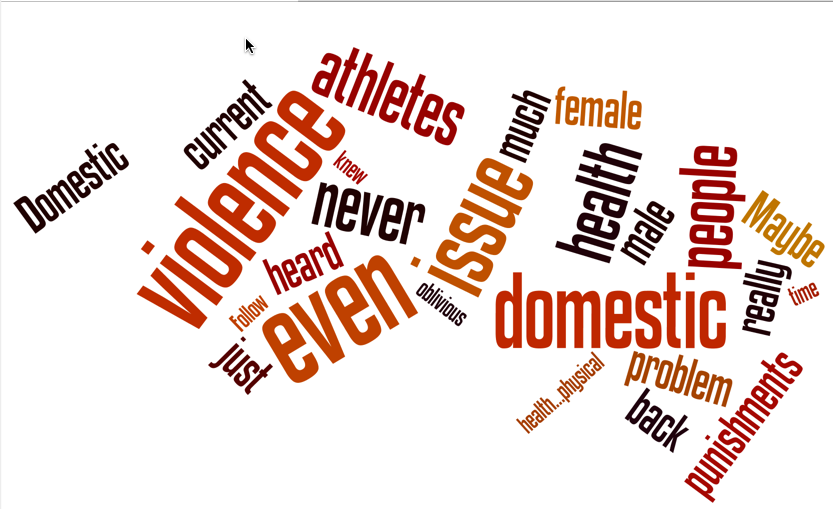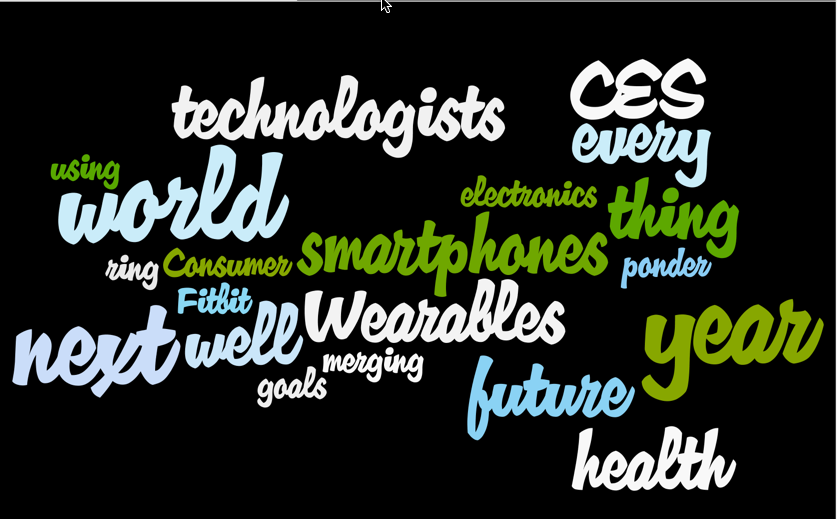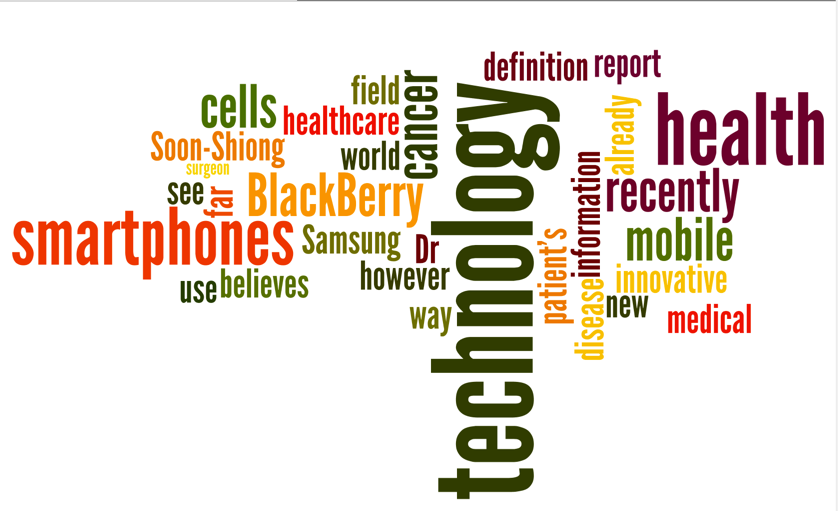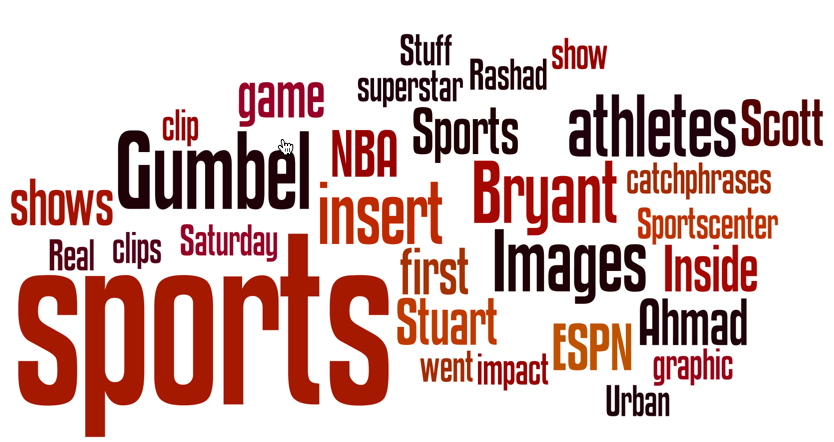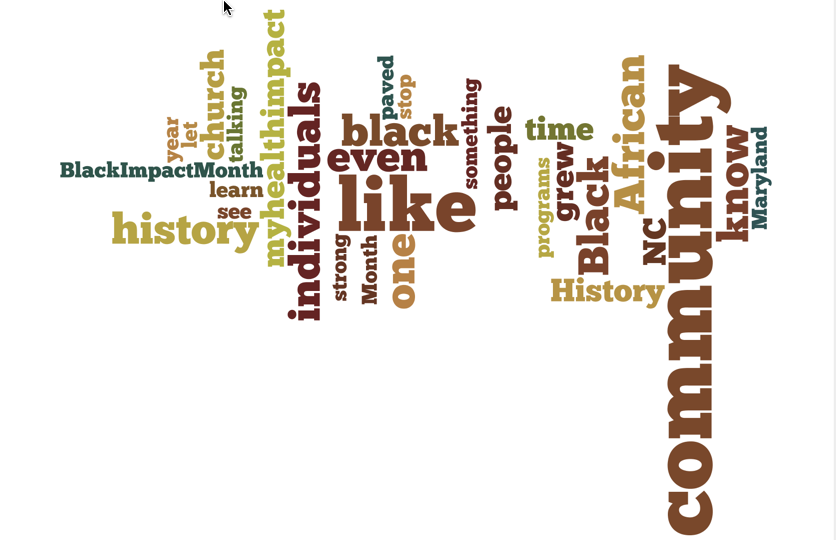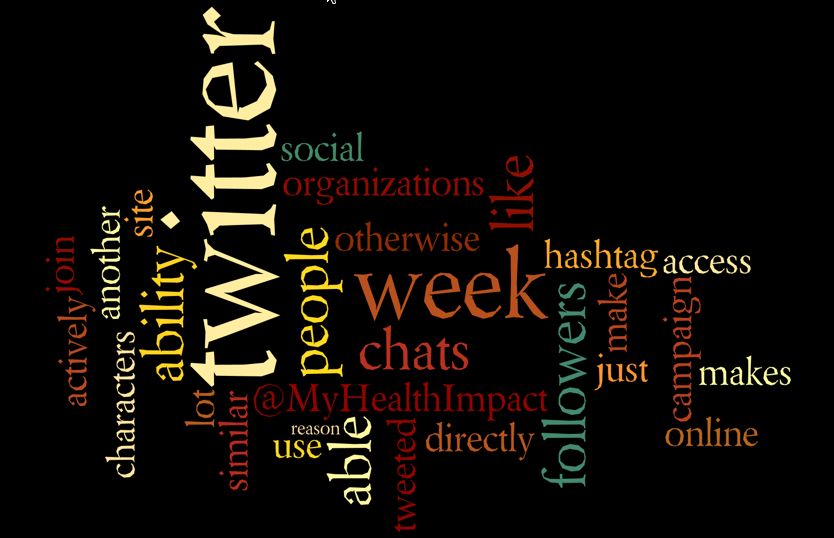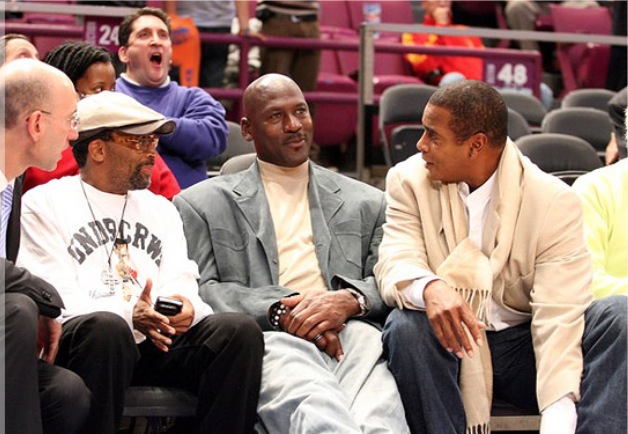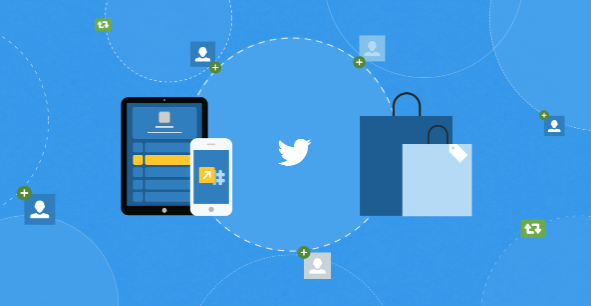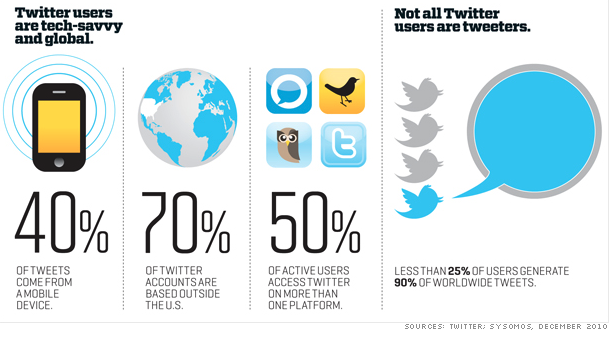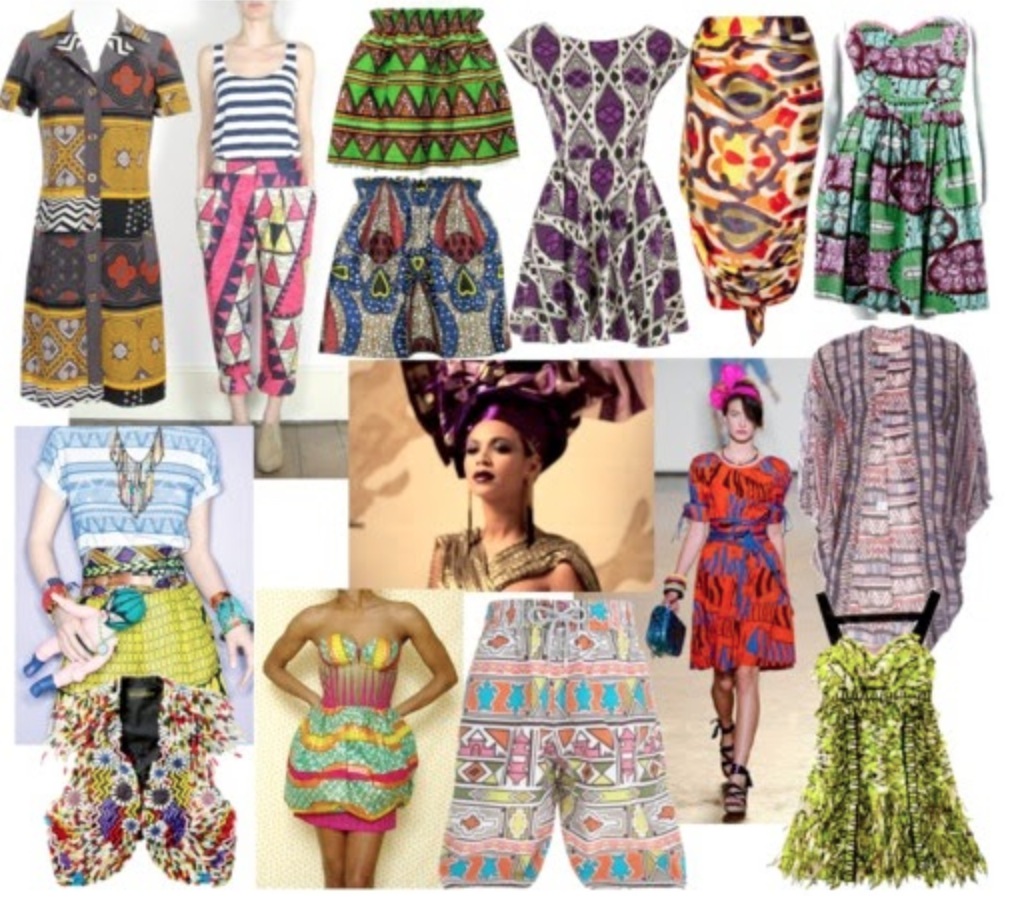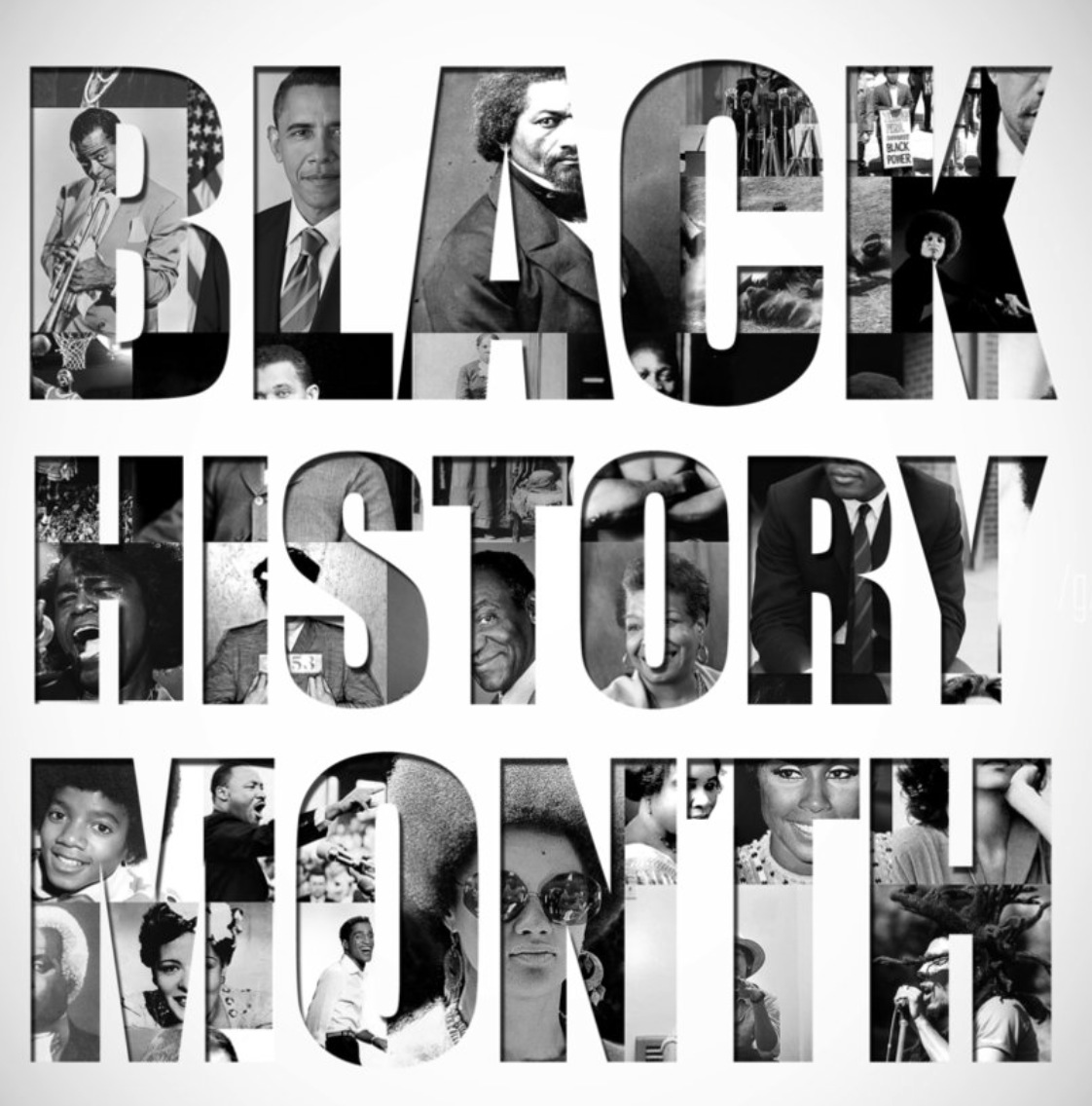myHIN Blog
Category: Voices Articles

March 26, 2015
Women of Color: STEM Faculty Discussion
Currently my department is actively recruiting faculty members. We have candidates come and present their work as we listen and take notes on their interesting talks and pass them on to the department. However, I noticed something interesting. None of the faculty candidates talks that I have sat in on have been women of an underrepresented group. I thought it was pretty interesting when I was trying to find a paper for my group to discuss at our weekly meeting that I stumbled upon a guest editorial by Marcy Towns titled Where are the Women of Color? Data on African American, Hispanic, and Native American Faculty in STEM.
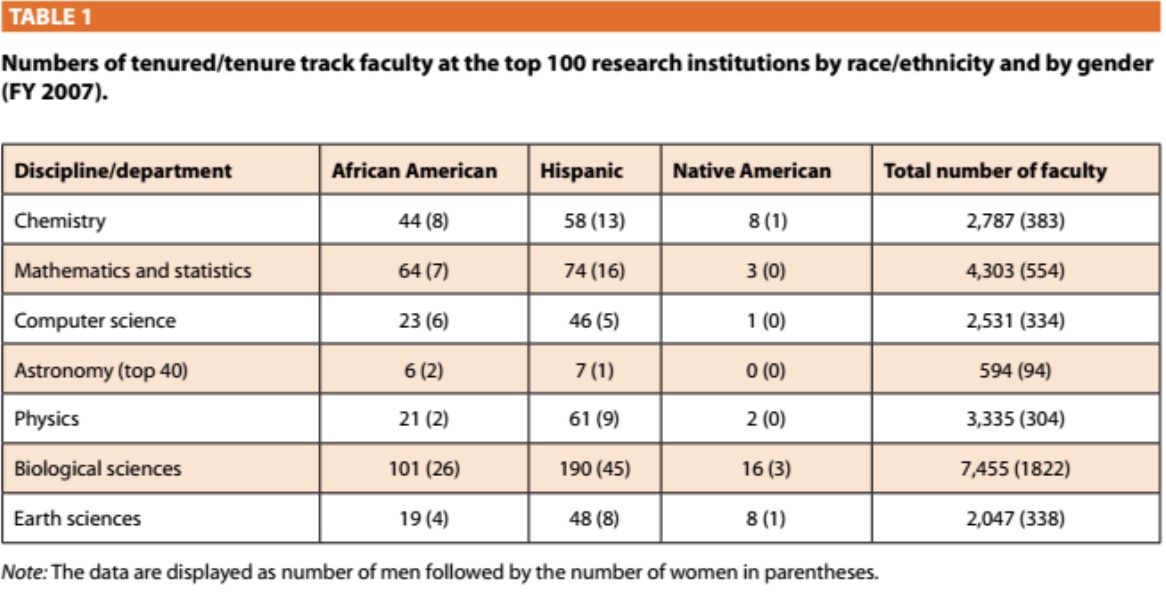
I felt as though this paper fell into my lap and but I was very hesitant to bring it to our reading group in fear that I would be pinned as “angry”. After great deliberation with one of my labmates I decided to bring it up while we were talking about another faculty candidate. Of course me being as awkward as I am the conversation started out slow but then generated a great flow. In the conversation we talked about different cultures, what it means to be a majority, the benefit of having role models, and having professors and faculty you can identify with(beyond race) as a student. In this discussion I think we all learned a little about the environments we have come from and the transition to NC State’s level of diversity. The conversation even took a turn to talk about the effects of diversity in general and what that is to us. Personally, NC State was a step backwards for me as far as diversity is concerned, for others it was giant leap forward.
I can’t begin to explain how excited I am to have talked about this with my lab group. We definitely learned a lot about each other and this allows us to grow closer as researchers and to understand each other better.

During our talk I sent the paper to the group email list for people to read afterwards. I’m guessing my advisor, who was not there at the discussion, read the paper. He later sent me a blog post by Stephanie Migdalia Pi Herrera titled Institutional Barriers for Women of Color at Code Schools. The most interesting point of this blog post that resonated with me is trying to bring up the topic as an issue without sounding aggressive. I just thought it was amazing how my advisor wasn’t at the discussion but was able to send me support about the topic.
I encourage all our readers and followers to read both articles. You can claim it as a way of celebrating Women’s History Month! I guarantee you will find something valuable from there even if you are not a woman. Consider bringing up these articles as a great way to start a conversation with your own community. Also, see more on the topic noted as Acknowledging Diverse Experiences in STEM by @drfayonline.
Share

March 16, 2015
Baby Brother
When asked how I am doing, I often respond by saying, “my family is healthy, and my brother is happy, so I have no complaints.” With the stresses of coursework it can be easy to get wound up from time to time, but I do my best to avoid that. Last semester I successfully attempted to meditate each night for 30 consecutive days, and an integral part of my meditation was to think of five things I am happy about or grateful for. Each night my family was involved in one of the five. With four strong personalities between my mother, father, brother, and I, there is seldom a dull moment, and rarely silence. My mother is a clinical psychologist, and my father a professor of philosophy, which in turn has led to the cultivation of expressing emotion and opinion in my brother and I, beginning at a very young age. This skill has served me well, and a characteristic I owe endless thanks to my parents for.
As we have begun our Black History Month the messages of unity, pride, and appreciation, ring closest to me at this time. With the current attention paid to black lives, on a national scale, the love for my younger brother has also come to the forefront of my attention. I do not think my brother and I have ever been closer. My brother is currently a senior in high school, going through a tiresome college application process. Hopefully, his opportunities will be plentiful, which should create a difficult decision come Spring when he receives his admission decisions. This process is exciting for me as well, as I wait anxiously to hear the decisions, it might even be more exciting for me than it is for him.
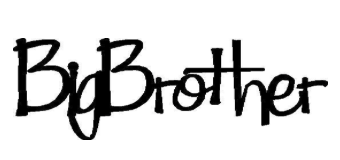
While I was in high school my mother repeatedly said that she wanted to raise two empathetic young men, and I believe my moving away spurted this characteristic. The distance between my family and I, specifically with my brother has prompted an interesting change. We were together for most of our schooling, and spent most of our free time together, but as he gets older and I do the same our conversations have changed. Because of our constant presence in each other’s lives we did not feel the need to talk about our weeks, or events taking place. We were aware due to our presence. We now rely on each other’s perspective when talking. I hear what goes on in his life through his interpretation, and vice versa. This is not however a negative change, it is indeed an interesting change, and has definitely influenced my empathy.
I trust his interpretations and appreciate his honesty, making it all the easier to feel and understand his emotions, as he juggles his maturation, his interpersonal relationships, and his environment, all the while finishing his last semester of high school.
Share

March 12, 2015
Love Thy Sister
Sisterhood: (noun) the close relationship among women based on shared experiences, concerns, etc.
I am privileged to say that I have been blessed to have one younger sister. She is only a year younger than me but sometimes it feels like 5 years. I feel like I have matured so much faster than she has but I think my independence has encouraged that. I find myself wanting to do all things for her and protect her as if she is my child but she’s not. We are peers and that is sometimes hard to remember.
Sometimes its hard for me to understand that we are going down separate paths of life. My path is more structured and planned and her’s is more free flowing. It’s challenging for me to just let her find her own way but living with her has allowed me let her live.
This is the first time we have lived together since we shared a room in middle school. We butted heads a lot when we were younger just as we do now, but I think overall it makes our bond stronger.
My sister and I have heart to hearts more often and share more of deepest darkest secrets more. Some people have sought out sororities and other organizations to find this bond that I have had all my life. I think we have grown to understand each other better and I am learning to treasure this bond. The point of this post is to encourage my readers to reach out and embrace their sisters whether they are bonded by blood or not.
Be sure to follow @myhealthimpact on twitter as we post other blog posts about healthy relationships.
Share
March 01, 2015
MyHealthImpact Topics 2015
Click on the word clouds below to see a recap of the wonderful blogs by our Research Team so far in 2015.
Stay tuned to @myhealthimpact for more news on the interconnection between health and tech!
Share

February 24, 2015
We’re on TV too
I appreciate the presence of diversity in media. It is important to have people who represent different backgrounds, experiences, and ideologies for public display. Not only does this diversity provide a wealth culture and knowledge to the platform, but it also provides those who have not typically found people “like them” in prominent roles to see examples of men and women with their own stage for expression. In regards to sports, I always enjoyed the fusion of sports and society Stuart Scott brought to the screen at ESPN, the depth the Gumbel brothers brought to their respective reporting, and the intimacy Ahmad Rashad was able to evoke in his interviews. The opportunity to see images of men as leaders, who reflected characteristics of myself, was powerful for my growth. Although these men are seen as leaders in their field, the image portrayed of black men is not always a positive one. There is a clear hypocrisy and discrepancy in the language used when referencing the actions of the typical “other groups” of our society.
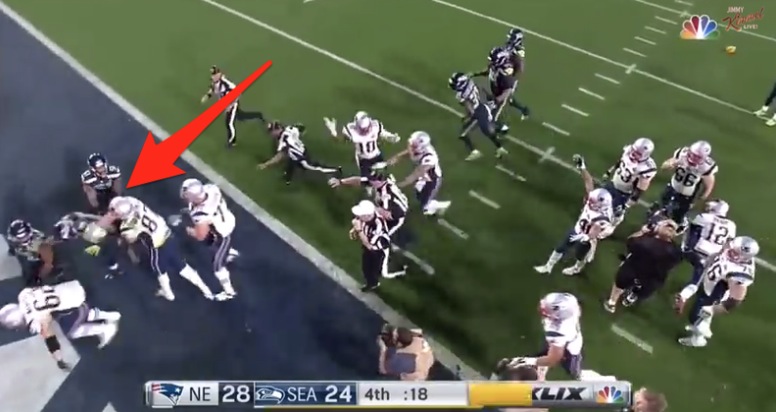
During the Super Bowl there were two noteworthy events that took place. The Seattle Seahawks decided to throw the ball inside the 1 yard line, a call almost everyone acknowledges as terrible. The other event was the skirmish that occurred following the interception from this 1 yard pass attempt. Tempers flared following the clear mishap of the Seahawks coaching staff, resulting in several players on Seattle’s defense throwing punches and wrestling with Patriots players. From the video it is clear that the instigation was on the side of the Seahawks, and the postgame reporting did a great job conveying this. They did not however accurately detail the role several New England Patriots players had. The article posted directly after the game on NFL.com was seemingly deliberate in outing a specific Seahawks player, Bruce Irvin, for a “hit to the face” while chalking Rob Gronkowski’s involvement to “tossing aside one Seahawk with a shove to the head before getting hit.” The duality of the language used is astounding especially considering Gronkowski was on Jimmy Kimmel’s Late Night show the following evening and described his involvement as “throwing some haymakers.”
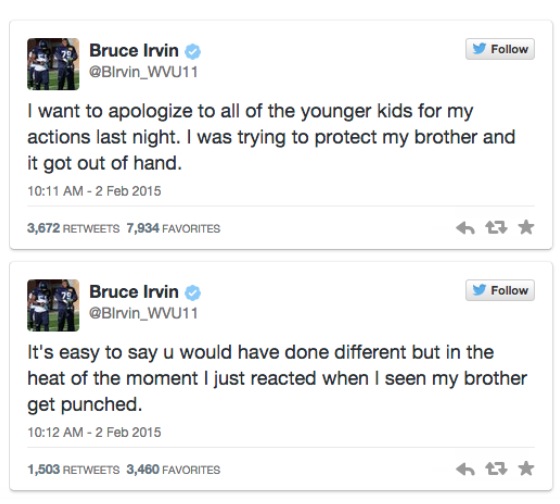
Throwing a haymaker and delivering a shove to the head are two drastically different actions. A “haymaker” is known to be a wild punch intending to knock out the reciprocant. Unfortunately this type of duality is not limited to this writer. Following the NCAA National Championship football game, students of The Ohio State University took to the city to celebrate. In their celebration they produced damage similar to those of looters and rioters, yet were continuously referred to as being “rowdy”, “revelers” and “unruly”, but were not seen as “thugs” and “savages” for destroying their respective communities. Jameis Winston in particular has been under this same type of scrutiny during the past couple of months and specifically this week. As the NFL draft is approaching Jameis is seen to be the top contender to be selected first overall, but this is not without doubters. It has not been until this past week that crowds of people have taken a step back from the perception widely accepted of Winston. The young star was accused of sexual assault last year, and was suspended for two separate incidents following the accusation. His character has been at question as he has traversed these obstacles, all while being a Heisman Trophy winner and undefeated until his last college football game. 
The most interesting part of this saga was the reaction following his loss to this year’s Heisman Trophy winner, and runner up in the NCAA National Championship, Marcus Mariota and the Oregon Ducks. Jameis Winston ran across the field to shake hands and congratulate his opposition, an act fairly uncommon in college football. Although some noted Winston’s act, most were quick to call the rest of the FSU players “classless”, a term that was failed to be used when describing the lack of congratulations done by the numerous other losers of the playoff games, like the Alabama Crimson Tide. This language, although seemingly unconscious, takes a toll on the young minds. The danger is that we, as youth, will ignore these differences and see them as the norm, creating a dichotomy in our own minds on what it means when different groups produce similar actions.
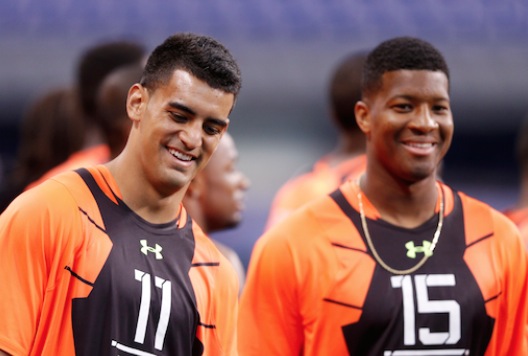
As the oldest child of a philosophy professor and practicing psychotherapist, it has always been important to my parents that I am deliberate and aware of my language when speaking, especially with my younger brother. We should all be aware of the language we use, because intent and impact are not always synonymous. This is why I attempt to use my words deliberately, but also understand the diction of others. I hope as the diversity of the images we see increases, people will subsequently be held accountable for the language they use, whether intentional or not.
Follow @myhealthimpact where young college students voice our opinions on issues impacting health, culture and tech.
Share

February 24, 2015
The Power of Twitter Technologies
This week for whatever reason my Twitter has been popping. I have acquired about 20 followers this week alone. I was telling a friend about all the connections I make on Twitter and then they told me that they aren’t too interested in joining another social media site. They clearly weren’t familiar with the Power of Twitter.
I would say that Twitter is a little more than just another social site. You have the ability to speak directly to companies, celebrities, news stations, and other organizations in an instant. There has been instances where my friends have been tweeted kind words directly from Olympic athletes that they would otherwise not have access to. There is no other platform like this online which is what makes Twitter so amazing. It puts them at your fingertips.
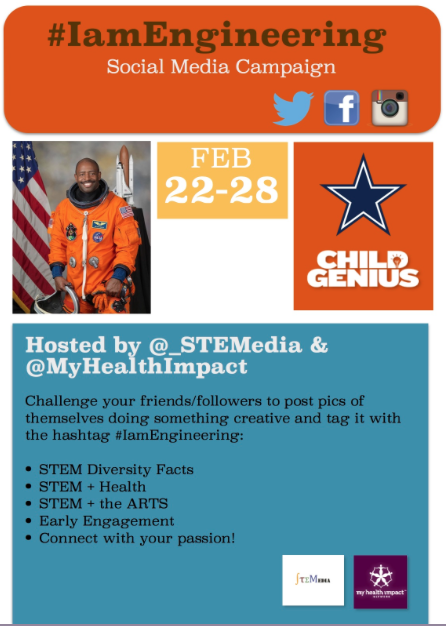
In addition, on Twitter you have the ability to join people in chats with similar interests using the hashtag symbol. You can literally be anywhere in the world but join the “buzz” with less than 140 characters. For example, @MyHealthImpact and @_STEMedia will be hosting a campaign this week with the hashtag #IamEngineering. Through this campaign we will looking for creative posts involving STEM diversity, health, arts, early education, or just an overall connection to your passion. Through these chats people find common interests and from there bonds are formed.
I mentioned earlier that I gained a lot followers this week. From me using hashtags for certain organizations, such as the workshop that I would be attending in May #CHASE2015, I have been able to become acquainted with other computer scientists in similar research areas. This week was also the ACM Richard Tapia Celebration of Diversity in Computing Conference. I unfortunately was not able to attend but I felt like I was virtually there since a lot of my followers were tweeting about the event. I was able to actively keep up with sessions and meetups. I eventually tweeted that I wish I was there and the conference replied to me and encouraged me to be there next year!
Share

February 21, 2015
#BlackImpactMonth
“Is it just me or does not feel like Black History Month.” I posted a status like this on Facebook and got a lot of likes on it, so it makes it feel like I’m not the only person feeling like this. Ever since I came down to North Carolina, I have noticed that there is definitely a different vibe to Black History Month. It feels as though it gets swept under the rug as a nonsignificant time here.
I was raised in Prince Georges County, Maryland where there is a strong presence of successful black people. As a student of the public school system, I learned about black history facts from a young age. I grew up living behind one of the first public Black high schools in the county. I recall one time when I was in the third grade we had a big history project. We had to dress up like a prominent figure of our choosing and we could not be the usual Dr. King or Rosa Parks. I was Josephine Baker, the great entertainer, who at the time I knew nothing about, but that was the point. I was challenged to go out and learn about all the uncelebrated pioneers. The project made us know these individuals, and that’s something that I will never forget. Do children in elementary school do the same here in NC?
However, my learning did not stop in in the classroom, my church family celebrated history and culture as well. I've been a member of Ward Memorial A.M.E. Church since I was born. In Sunday School and other groups of the congregation we celebrated civil rights activist who were also key figures in founding the African Methodist Episcopal Church, such as Richard Allen. My church even hosts programs and recitals to celebrate the lives of those who paved paved the road for us. In addition to these programs throughout the year, we also have "African Attire" Sunday where everyone dresses up in their traditional African garments. My church is and has always been an active voice in the community. Are there many churches down here in NC that can say the same?
I grew up in a community where you reflected often on the accomplishments of African Americans in the community as a basis for the youth to take those advancements to the next level. What saddens me is that I don't see that here at my college. No one is talking about a black history fact of the day. No one is talking about who Garret Morgan, Mae Jemison, Duke Ellington, Benjamin Banneker, or even George Washington Carver has done. The worst part of it all is that some people don't even know who these people are, yet alone never heard their name. In my community there a schools, buildings, streets, and train stations named after these individuals. It is because of these individuals that I have even gotten as far as I have in life. Are there places like that named in after individuals in NC? How many?
I've been blessed to grow up in a community where I was taught to celebrate my heritage. Unfortunately, it's hard to find that same strong black community outside the DMV area. There's truly none other like it. The heritage, the culture is something that I didn’t appreciate until I got out of Maryland and I didn’t have it anymore. For that reason alone I could see myself returning to the area. Let's just say I grew up knowing my roots, and I plan on sticking to them.
I challenge my readers to go out and find an unsung hero in your community, and let us know what you learn about them. Black History doesn’t have to stop at the end of February ,so we encourage you to do this throughout the year! Tweet your findings to @DenaeFord and @myHealthImpact and let us know how cl using the hashtags #BecauseOfThemWECan, #BlackImpactMonth, or #myhealthimpact.
Follow @myHealthImpact on twitter for future updates on what’s going on in the community.
Share

February 12, 2015
We’re on TV
According to dictionary.com, a superstar is someone who enjoys wide recognition and is eagerly sought after for his or her services. For years, I’ve followed many athletes from basketball greats to gridiron legends. Whether it’s discussing the GOAT as young folk have now attributed or upcoming phenoms on the brink of stardom, I’ve always voiced strong sentiments. My love and passion for sports stems from a childhood filled with AAU practices, being the coach’s son on seasonal teams, and having an unmistakable brotherhood with my teammates. But when away from the game, I continued my coverage by tuning into shows dedicated to sports.
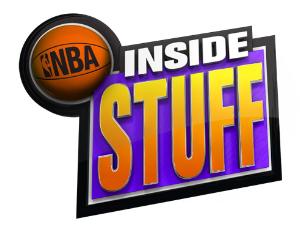 Ahmad Rashad was the first host on “NBA Inside Stuff” back when it aired on NBC. I would wake up every Saturday morning and look forward to what he and the beautiful Summer Sanders had to say. While athletes were praised by analysts for their competitive nature, Ahmad showed that they too had personality. His running commentary would capture these superstars on-court bloopers, off-camera interview clips, and local community involvement. Check out this vintage clip from “Rewind”, NBA Inside Stuff’s version of Basketball Twitter and Instagram before they officially came on the scene.
Ahmad Rashad was the first host on “NBA Inside Stuff” back when it aired on NBC. I would wake up every Saturday morning and look forward to what he and the beautiful Summer Sanders had to say. While athletes were praised by analysts for their competitive nature, Ahmad showed that they too had personality. His running commentary would capture these superstars on-court bloopers, off-camera interview clips, and local community involvement. Check out this vintage clip from “Rewind”, NBA Inside Stuff’s version of Basketball Twitter and Instagram before they officially came on the scene.
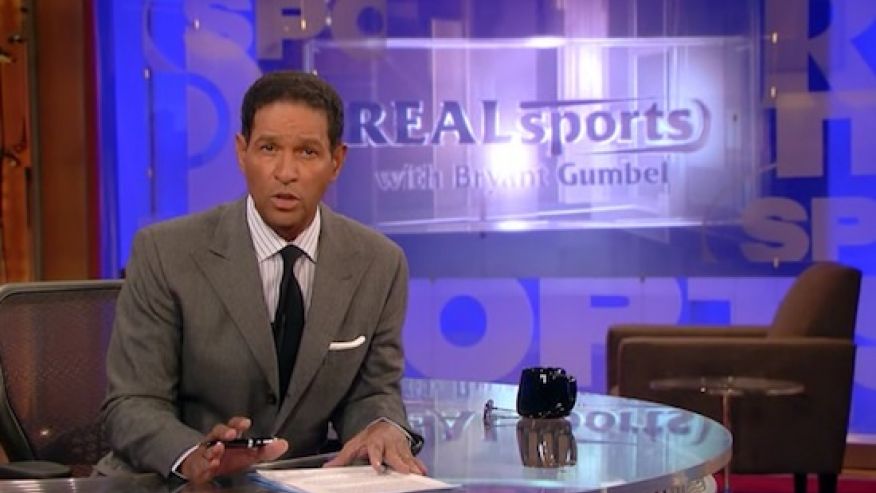
Back when HBO gave free weekend previews and I think they still do, I stumbled on a show called “Real Sports with Bryant Gumbel.” From the very first segment, I was captured by how Mr. Gumbel and his cast intertwined society and sports by doing investigative reports and interviews that went beyond box scores and statistics. This show was the first time I’d ever hear about the impact football collisions had on athletes after retiring from the very game they loved. Bryant Gumbel certainly pushed the envelope and continues to today with over 25 Sports Emmy Awards and a spark that led to the creation of other sports shows: On the Record with Bob Costas, Outside The Lines and E:60.
As oppose to Saturday mornings and monthly news magazines, ESPN Sportscenter served as my daily driver. Or better yet watching my mans, the holy grail of sports commentating, Stuart Scott tear it up on set. He would take hip-hop lyrics and eloquently embed them into sports clips almost seamlessly. It was so incredibly good that I had no clue that things had been different prior to his arrival at ESPN. After succumming to a lengthy battle with cancer, I read countless articles and watched tributes that explained the impact Coach Stu had on Urban America. Known for his catchphrases, Stuart Scott went on to become a sports broadcasting pioneer despite the flack he received for representing the hip-hop generation.
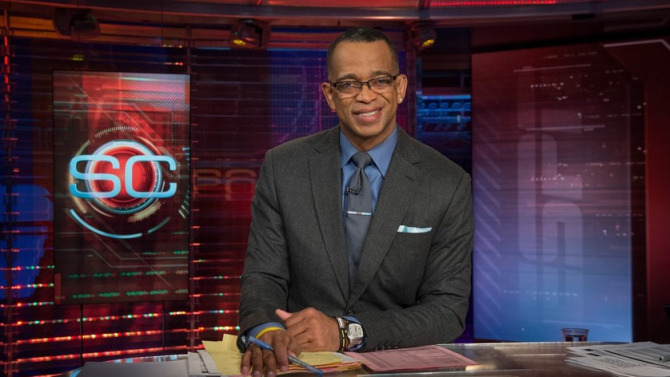
1. “Like gravy on a biscuit, it’s all good!”
Scott accompanies this quote with a player having a career day or when a player makes a smart play.
2. “And the Lord said you’ve got to rise up!”
Bryce Harper hits a homerun as a rookie, giving the Washington Nationals the lead after trailing the Atlanta Braves at home.
3. “See, what had happened was…”
This is amongst Stuart Scott’s popular references. During the 2004 Eastern Conference Finals between the Pistons and Pacers, he teased Rasheed Wallace after throwing up an air ball from the 3 point line.
4. “Vlade Daddi, he likes to party, he don’t cause trouble, he don’t bother nobody.”
From Slick Rick’s “Lodi Dodi” covered by Snoop Dogg from the Doggystyle album. Pertaining to any Vlade Divac play, it gave the Sacramento Kings Center some much needed respect as he was rearing towards the descent into basketball irrelevancy.
5. “You ain’t got to go home, but you got to get the heck up outta here.”
No shade, Stuart Scott just wants to let you know you either struck out, or you messed up for getting ejected from a game.
6. “He treats him like a dog. Sit. Stay.”
After Allen Iverson broke a defender’s ankles, Scott dropped this one on the poor guy.
7. “Just call him butter cuz he’s on a roll.”
You hear this when someone is straight up balling!
8. “As cool as the other side of the pillow.”
Synonymous with plays consisting of a high degree of difficulty and executed with ease, this one is Scott’s most popular phrase. It plays into his demeanor on and off the camera as we know Stuart Scott to be the calm, cool and collected anchor on Sportcenter.
9. “Call him carwash cuz he’s automatic.”
You can thank former University of Kansas guard Jacque Vaughn for this one. He was money from the foul line, so clutch and dependable that Scott compared his mechanical synchrony to a carwash.
10. “They call him the Windex Man cause he’s always cleaning the glass.”
We all love hustle. Stuart Scott used to drop this quote when someone was reeking havoc in the paint, grabbing rebounds left and right.
These shows helped shape my view on the sports world by not only showing highlights but by profiling athletes, investigating problems afflicting sports, and bringing Urban America into the fold. These brothers are the reason why I no longer define a sports superstar as solely being an athlete but by simply someone who changed the game.
Stay connected with @myhealthimpact to continue the sports conversation and the transformative nature of health and technology on today’s youth.
Share

February 06, 2015
BlackBerry in Healthcare
Dr. Patrick Soon-Shiong, the wealthiest physician in the world, is relentlessly working to becoming one of the most innovative as well. Dr. Soon-Shiong works at University of California Los Angeles as a medical surgeon, but his most recent work involves revolutionizing the way cancer is approached, starting at the very definition. 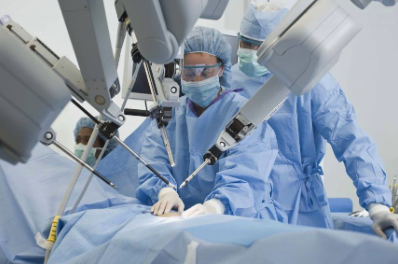 Cancer.gov sites a cancer as being a “disease in which abnormal cells divide without control” but Dr. Soon-Shiong believes there can be a different approach to the term. In an interview with 60 Minutes he proclaims, “A cancer is not what people think it is, cells growing. Cancer is actually the inability of the cells to die.” His new concept of the definition is the first of many steps he has taken to rethink cancers. Although this is innovative in its own right, Dr. Soon-Shiong believes he is on his way to something much more groundbreaking. He has recently developed a technology that can analyze a patient’s tumor biopsy and then proceed to report the specific gene mutated by the disease. All of this can be processed and accessed in the palm of the patient’s hand, through BlackBerry.
Cancer.gov sites a cancer as being a “disease in which abnormal cells divide without control” but Dr. Soon-Shiong believes there can be a different approach to the term. In an interview with 60 Minutes he proclaims, “A cancer is not what people think it is, cells growing. Cancer is actually the inability of the cells to die.” His new concept of the definition is the first of many steps he has taken to rethink cancers. Although this is innovative in its own right, Dr. Soon-Shiong believes he is on his way to something much more groundbreaking. He has recently developed a technology that can analyze a patient’s tumor biopsy and then proceed to report the specific gene mutated by the disease. All of this can be processed and accessed in the palm of the patient’s hand, through BlackBerry.
To most, Blackberry is now irrelevant in the world of mobile phones, dominated by Apple and Samsung. BlackBerry however will soon be very relevant in the field of healthcare if Dr. Soon-Shiong’s product finds any success. There was recently a report claiming a rumored purchase offer from Samsung, resulting in a significant increase in BlackBerry shares. This possible partnership could make waves in the ever-growing mobile-health market. It truly prompts the question what role can technology, specifically smartphones, play in the dissemination of health awareness and information.
 We do not need to look far to see what mobile technology is already doing for health. FHI 360, a company located in our Research Triangle Park, has been using mobile technology in health, or “mHealth,” for a quite some time. They use smartphones to “share information on family planning, reproductive health, HIV and sexually transmitted infections.” The use of technology however is quickly progressing. The Wall Street Journal recently published an article mentioning several new methods in which smartphones and other forms of technology are being used to monitor health, and even collect and interpret medical data. Blood-pressure readings and electrocardiograms are already common procedures smartphones are capable of performing with a few accessory instruments, but we are not far from the day where all it takes is a watch to record our vital signs.
We do not need to look far to see what mobile technology is already doing for health. FHI 360, a company located in our Research Triangle Park, has been using mobile technology in health, or “mHealth,” for a quite some time. They use smartphones to “share information on family planning, reproductive health, HIV and sexually transmitted infections.” The use of technology however is quickly progressing. The Wall Street Journal recently published an article mentioning several new methods in which smartphones and other forms of technology are being used to monitor health, and even collect and interpret medical data. Blood-pressure readings and electrocardiograms are already common procedures smartphones are capable of performing with a few accessory instruments, but we are not far from the day where all it takes is a watch to record our vital signs.
Follow us @myhealthimpact as we continue to discuss technology in health.
Share

January 28, 2015
The REAL Empire
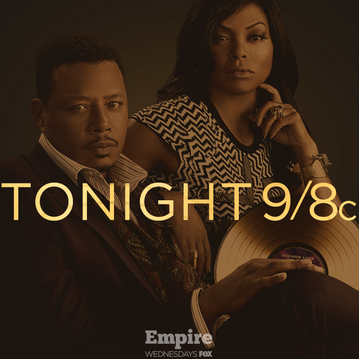
On Wednesday, January 7th, Empire made it’s big debut. This show stars the incredibly, mesmerizing duo of Taraji P. Henson and Terrence Howard which is what is believed to make the show such a hit. This may be the show to take Fox out of this American Idol ditch that it has found so comfortable these past couple years.
Fox is trying to grab the attention of a new audience; the one that loves powerful black figures. There's no denying that this is a completely different change of pace for Fox. The storyline seems to pick up where the 2005 movie “Hustle & Flow” left off, which I think will draw in a different type of audience for Fox. ABC definitely started the trend with shows like Grey’s Anatomy and Scandal. This past season they added Blackish and How to get Away with Murder to their resumes. Fox followed suit with Gotham and Sleepy Hollow last season. Empire has a different feel than these shows with all the main characters being people of color and power and facing different internal conflicts. In the show, Henson is recently released from prison for selling drugs with her husband, played by Howard. Howard’s character is suffering from ALS; Smollett is gay, and his father, Howard, is still homophobic, Gray is the youngest son trying to live up to Dad’s expectations, and Byers is the eldest son who is college educated and married...to a white woman.

According to ABCNews, Lee Daniels, who also directed “Precious” and “The Butler”, aims for the show to tackle homophobia, particularly in the African-American community and hip hop world, by drawing on his own experiences. This show has ample ways it can address the community, and that’s what makes people want to watch.
Nevertheless, there has been a great increase of color on primetime television that has not gone unnoticed. ABC and Fox have used it to their advantage, and I am not complaining. I’m hoping this is a trend that catches on more and not just a colorful cashcow phase.
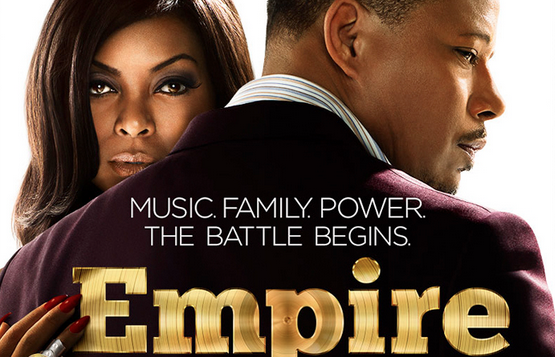
Find more pictures and details about the show on instagram: @EmpireFox
These and other images impact how our others view our community and how we often view ourselves. Follow us @myhealthimpact for more on what impacts us in 2015.
Share
Page 2 of 8 pages < 1 2 3 4 > Last ›
In Partnership with: Poole College of Management, College of Humanities and Social Sciences, National Science Foundation, Penn State
Take Action, Get Tested: Find Your Local Testing Center Why Get Tested?

